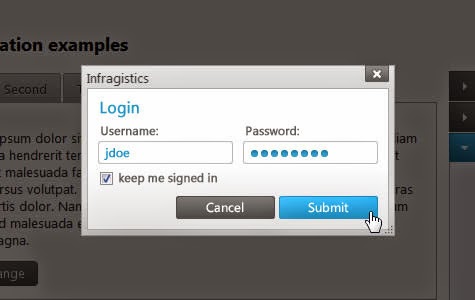XSLT: XML Stylesheet language transformation
When we execute our project using TestNg.xml, it automatically create a basic html report and testng-results.xml.XSLT is going to use this testing-result.xml and transform into better htmlreport
Steps to Generate XSLT reports
Step1: Create a project having test cases like
- Pass
- Fail
- Skip
Create 4 .java files such a way that: 2 successful, 1 skipped and 1 failed on run
testcase1: pass
package test;
import org.testng.annotations.Test;
import org.testng.annotations.Test;
public class passtc {
@Test
public void passresult()
{
System.out.println("Pass");
}
}
testcase2: pass
package test;
import org.testng.annotations.Test;
public class passtc1 {
@Test
public void show()
{
System.out.println("Testcase2 passed");
}
}
testcase3: failed
package test;
import org.testng.annotations.Test;
import org.testng.AssertJUnit;
import org.testng.Assert;
import org.testng.annotations.Test;
public class failtc {
@Test
public void failresult()
{
System.out.println("Fail");
AssertJUnit.assertEquals("Fail", "Pass");
}
}
testcase4: skipped
package test;
import org.testng.SkipException;
import org.testng.annotations.BeforeTest;
import org.testng.annotations.Test;
public class skiptc {
@BeforeTest
public void intlize()
{
System.out.println("this test will skip");
}
@Test
public void skip()
{
throw new SkipException("Skipped");
}
}
After creating above testclasses your project look like below
testng.xml
Right click on the project, select "TestNG" and click on "Convert to TestNG" to create the testng.xml and place under project folder.
ANT build
Download the latest zip file from here,
Extract and keep it in a easily accessible folder and follow below steps:
Click on This and Download this apache-ant -1.9 zip File
Extract it into Any Directory of your System
I have extract it into my E:folder.You can Extract it where you want.
Configure Path:
After
Extracting Now you have to configure ant into your System.We need to
set our Envirnment variable.Before setting enviornment variable let me
show you My apache bin directory path.
Go to computer>Right click>properties>Advance systems Setting
Click on Envionment Variable
Click on new
Add a new System variable.Give the path upto your Bin folder of Apache
Now
Set path apache path into the existing Directory.First Search Path and
Click on Edit>Then edit path as ;%ANT_HOME%\bin.Now click on ok
Go to cmd prompt and Write ant -version.
Ant is installed succesfully.
build.xml and testng-results.xsl:
Click here to Download
Download testng-xslt jar https://github.com/prashanth-sams/testng-xslt-1.1.2

build.xml:
open build.xml file and give the libs path (Where you have testng-xslt jar and Selenium jars).
Execute build.xml in Command prompt
Change the directory to your project path.
Type ant
Type "ant compile"
Type "ant run"
Import testng-result.xslt
import testng-result.xslt inside xslt package.
finally type "ant makexsltreports"
After executing the above command the xslt_Reports folder will generate
inside your project directory
Open index.html
Thanks.
If you doubt please leave your comments below.
build.xml and testng-results.xsl:
Click here to Download
Download testng-xslt jar https://github.com/prashanth-sams/testng-xslt-1.1.2
build.xml:
open build.xml file and give the libs path (Where you have testng-xslt jar and Selenium jars).
Execute build.xml in Command prompt
Change the directory to your project path.
Type ant
Type "ant compile"
Type "ant run"
Import testng-result.xslt
import testng-result.xslt inside xslt package.
finally type "ant makexsltreports"
After executing the above command the xslt_Reports folder will generate
inside your project directory
Open index.html
Thanks.
If you doubt please leave your comments below.































